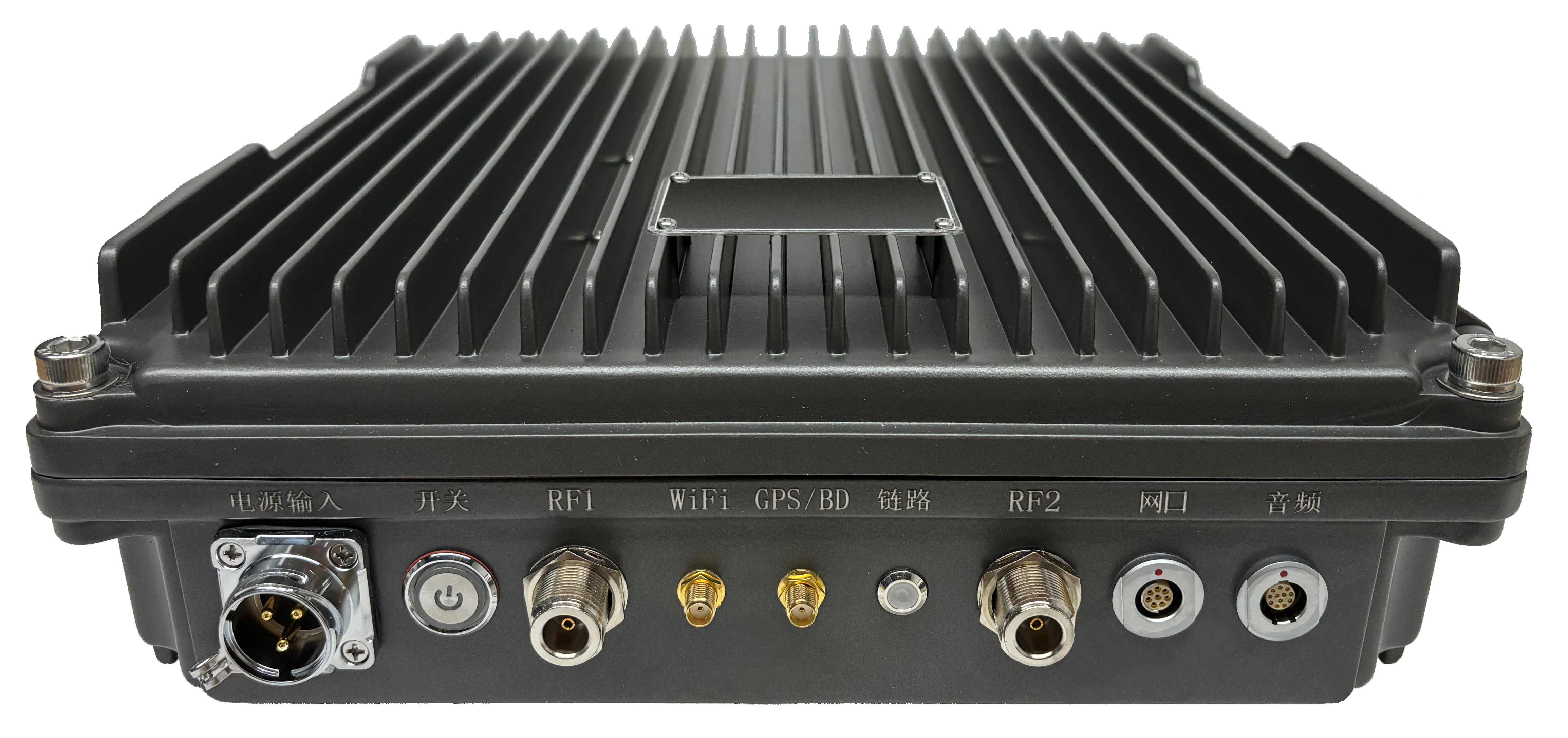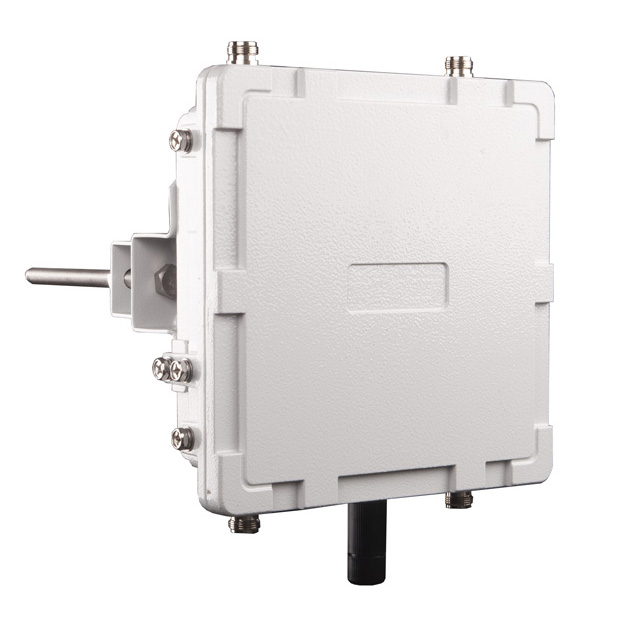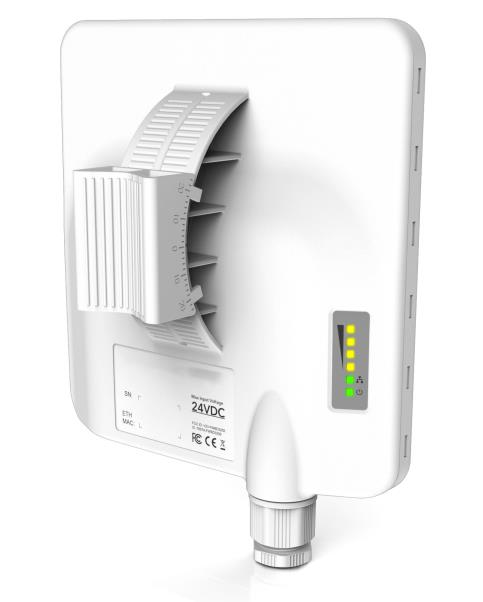What is an ad hoc wireless communication system?
A Wireless Ad hoc Network is a dynamic network formed by nodes autonomously without relying on fixed infrastructure. Its core features are self-organization, self configuration, and self repair, without the need for central control devices (such as base stations or routers), and nodes communicate directly or indirectly through wireless links. The following are its key points:
1. Core Features
· Decentralization: All nodes have equal status and can act as both terminals and routers to forward data.
· Dynamic topology: Nodes can move freely or join/exit, and the network topology changes in real-time.
· Multi hop communication: Data is transmitted through multiple nodes in relay, breaking the single hop distance limit· Adaptability: Automatically detect link changes and dynamically adjust routing paths.
· Adaptability: Automatically detect link changes and dynamically adjust routing paths.
2. Typical application scenarios
· Military communication: Rapid deployment in battlefield environments (such as US military MANET).
· Emergency relief: Temporary communication during infrastructure damage such as earthquakes and fires.
· Internet of Things (IoT): Sensor networks (such as ZigBee, LoRa self-organizing networks).
· Vehicle mounted network (VANET): Real time data exchange between vehicles (such as collision warning).
· Remote areas: Communication without network coverage for field exploration or temporary activities.
3. Technical challenges
· Routing Protocol: Efficient handling of dynamic topologies (such as AODV and OLSR protocols) is required.
· Energy consumption management: When nodes rely on batteries, power consumption needs to be optimized (especially in IoT scenarios).
· Security: Vulnerable to attacks in open environments, such as node forgery and eavesdropping.
· Interference and bandwidth: Congestion and delay caused by wireless channel competition.
4. Common protocols and standards
· Routing Protocol: AODV (on-demand routing), DSR (dynamic source routing), OLSR (optimized link state routing).
· MAC layer protocol: IEEE 802.11 DCF (Distributed Coordination Function) and TSMP (Time Synchronized Mesh Protocol).
· Physical layer technology: Wi-Fi(IEEE 802.11)Blueteeth Mesh、ZigBee
5. 与其他网络的区别
| characteristic | Ad hoc network | Traditional cellular network | mesh networks |
| infrastructure | / | Dependent on base stations | Partial fixed nodes (optional) |
| topology control | fully distributed | Centralized | Hybrid (distributed+centralized) |
| Deployment speed | fast | Pre construction is required | medium |
| Typical scenario | Emergency, military | Public mobile communication | Family/City Coverage |
6. Future Directions
· AI optimized routing: Using machine learning to predict topological changes.
· 5G/6G integration: Complementary to cellular networks (such as D2D communication).
· Low power wide area self-organizing network: Support large-scale IoT devices (such as LPWAN extensions).
The core value of self-organizing networks lies in their flexibility and resilience, particularly suitable for temporary or highly dynamic environments, but requires continuous optimization in protocol design and resource management to cope with complex scenarios.

-
 2025-10-28
2025-10-28 -

Applications of IP Mesh Radios in Military and UAV Communication
2025-10-28 -

What Is Long Distance Communication and How Does It Work?
2025-10-20 -

What Are the Four Types of Wireless Data Transmission?
2025-09-11 -

Which Wireless Technology Is Used for Long Distance Communication?
2025-09-02 -

How High-Bandwidth MESH Communication Devices Ensure Stable Wireless Video Transmission
2025-08-28 -

How Does Microwave Power Transmission Work?
2025-08-18 -

What Is Microwave Transmission?
2025-07-30








